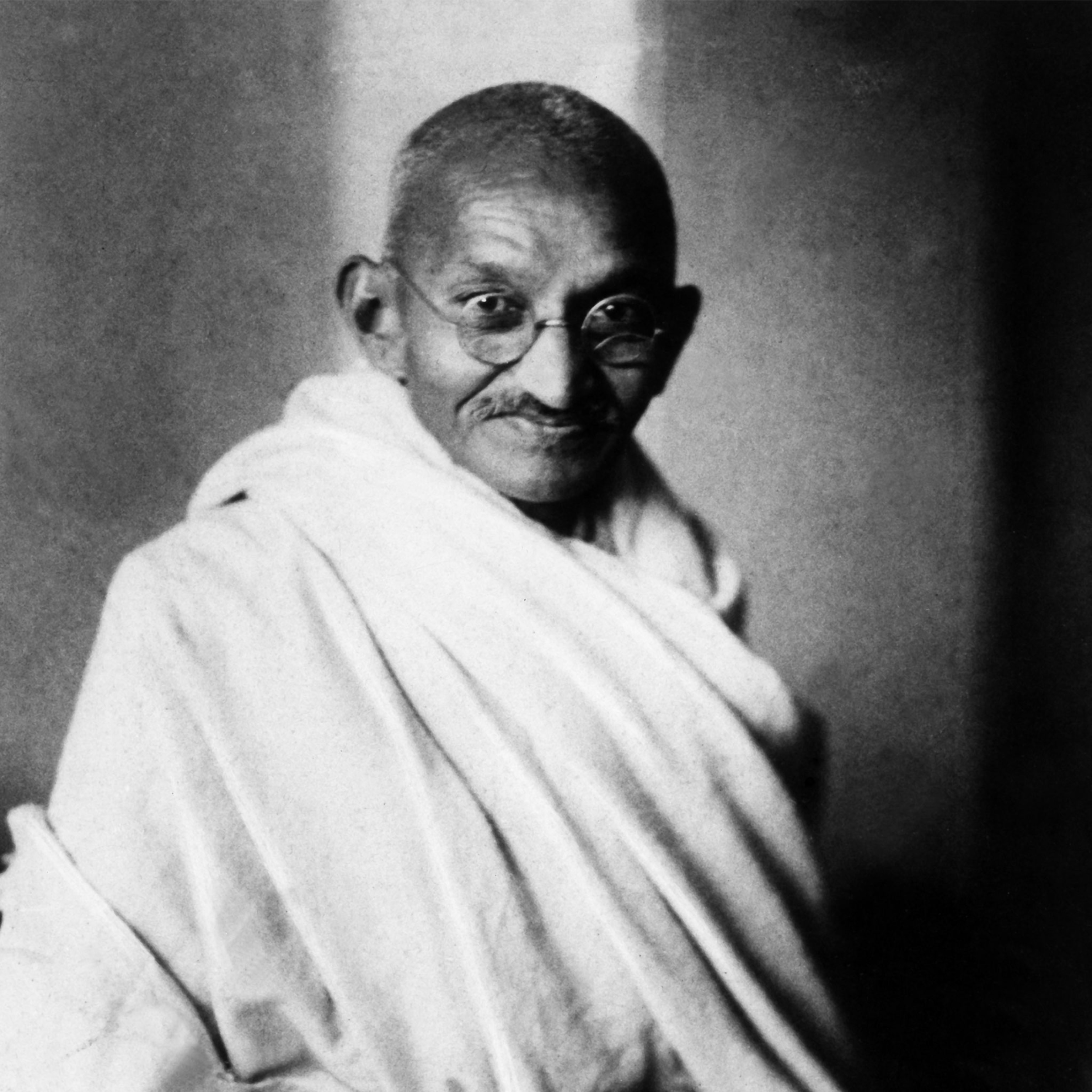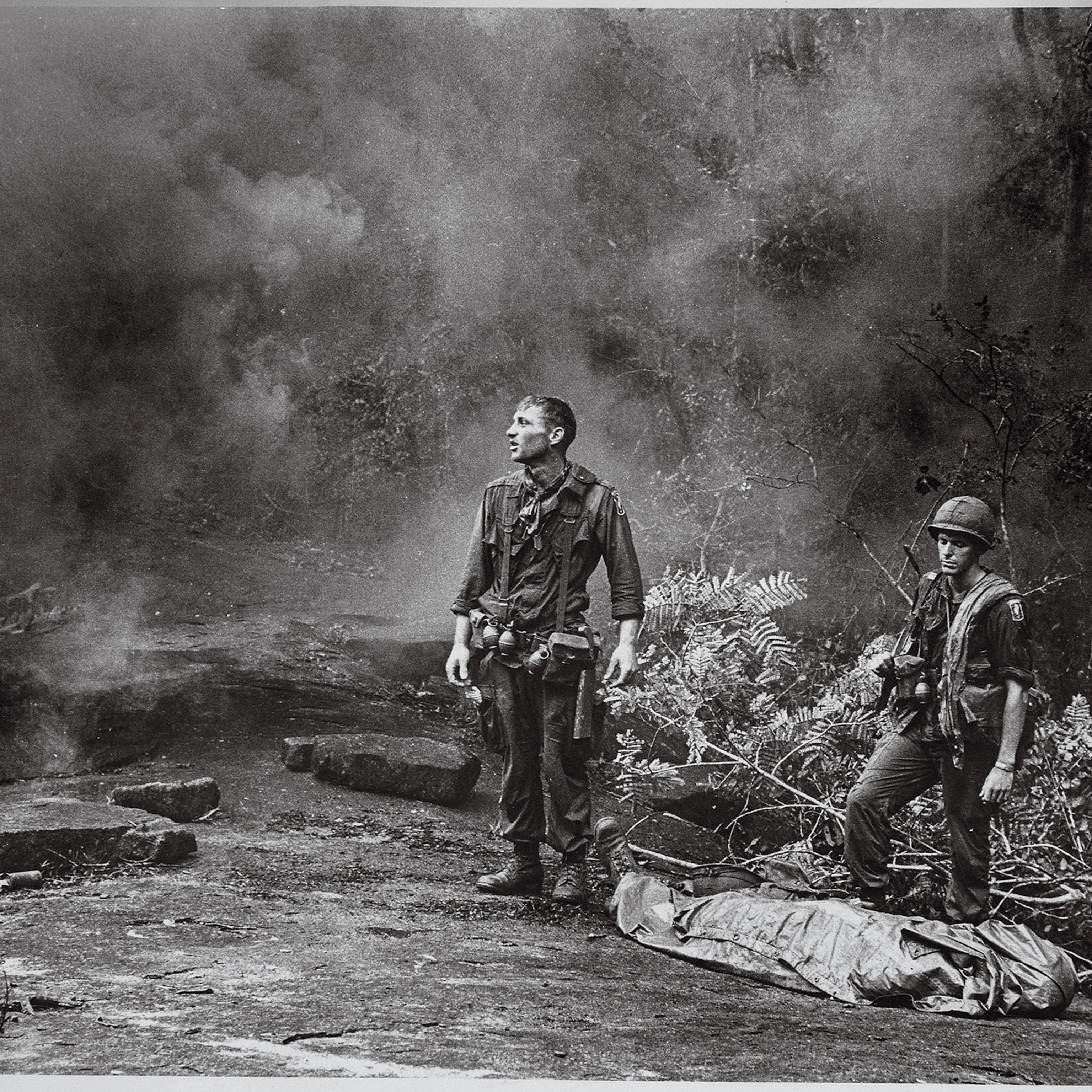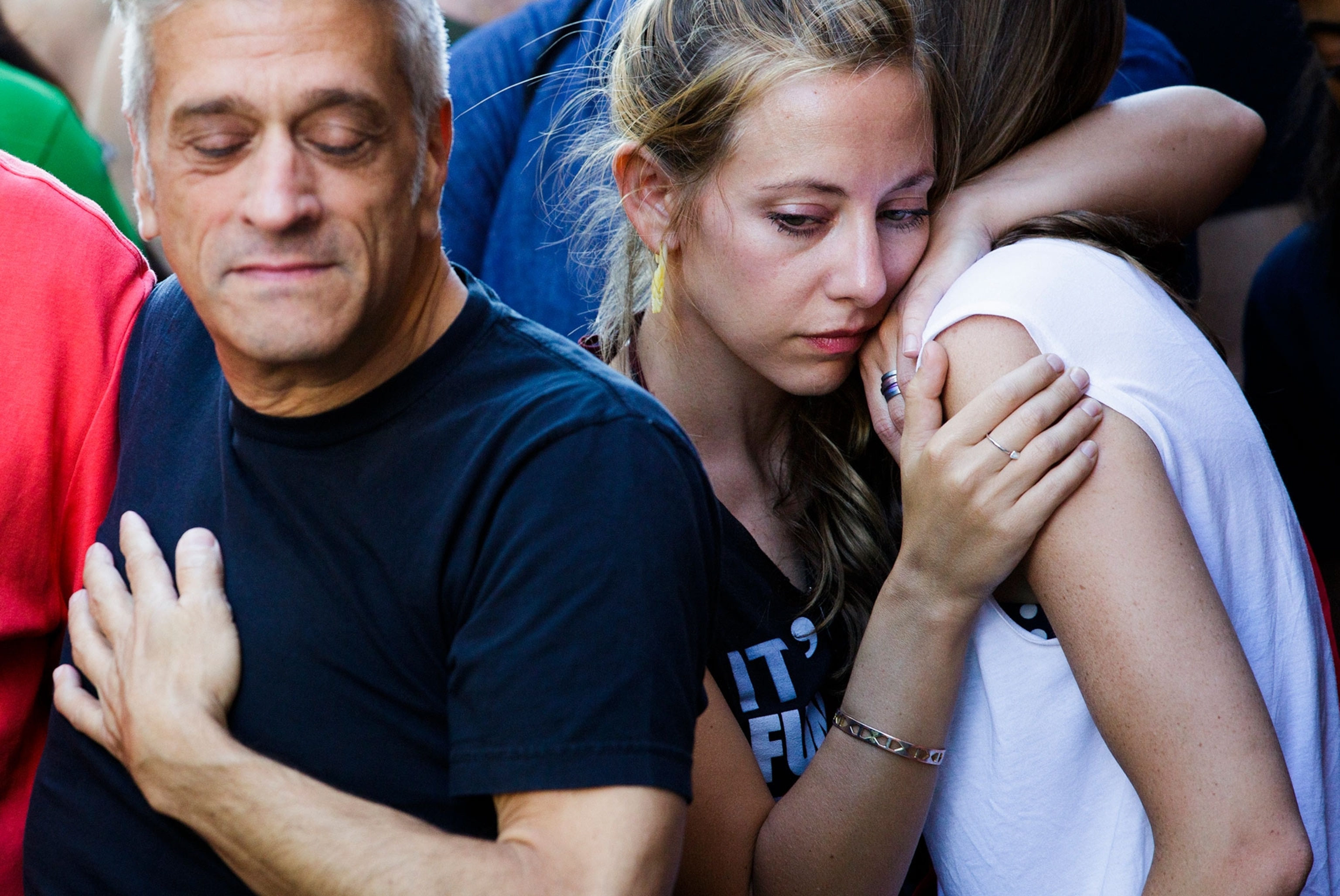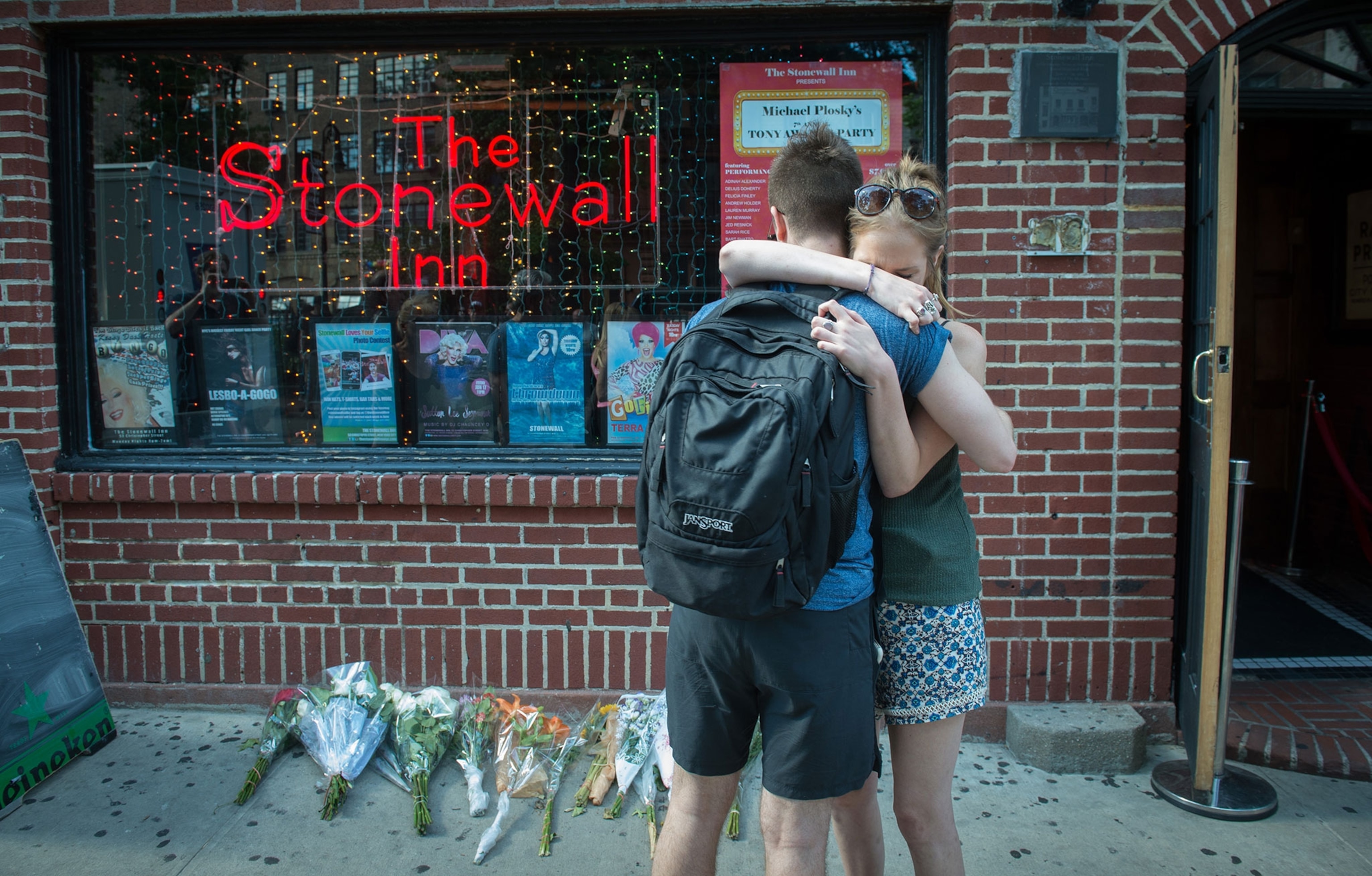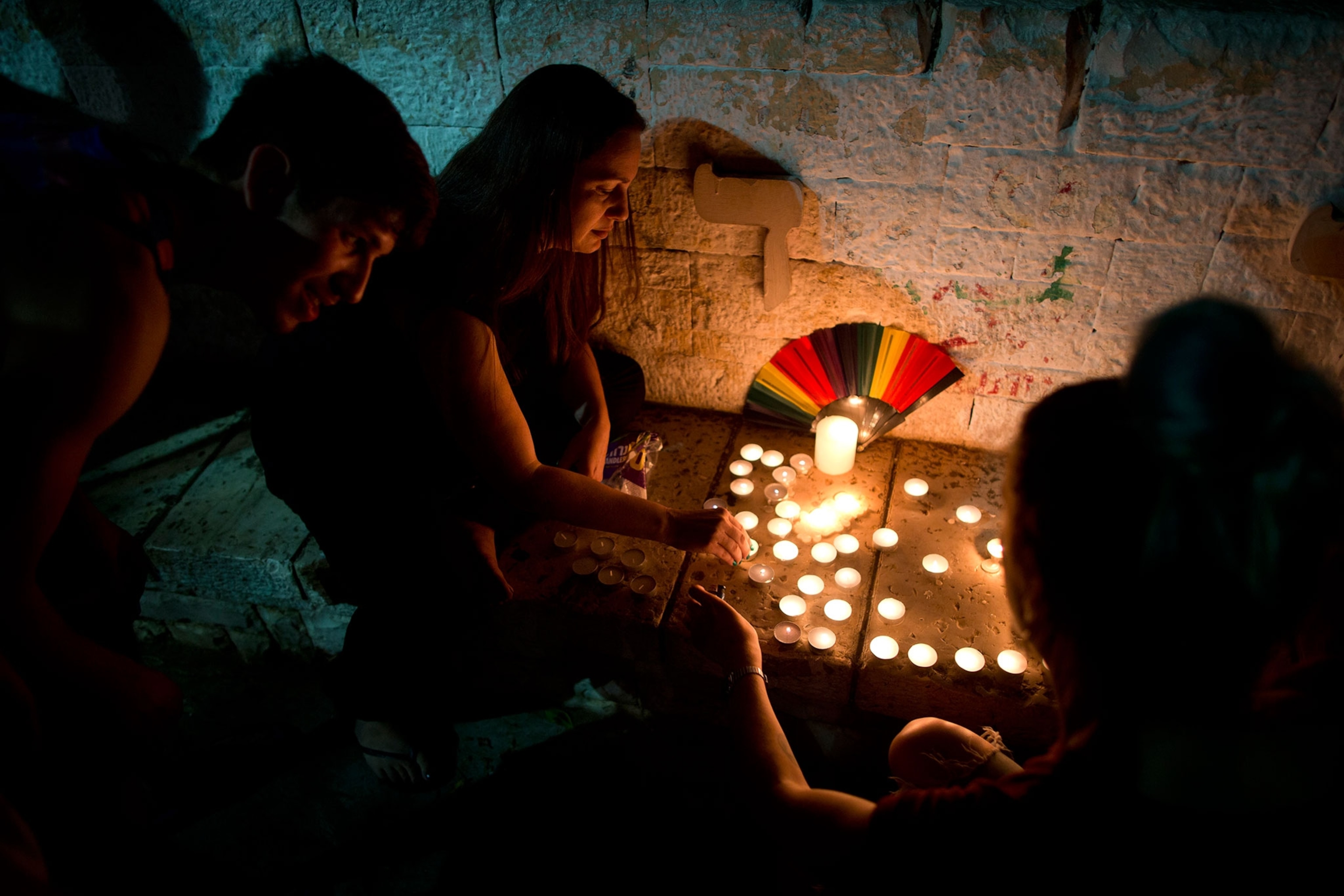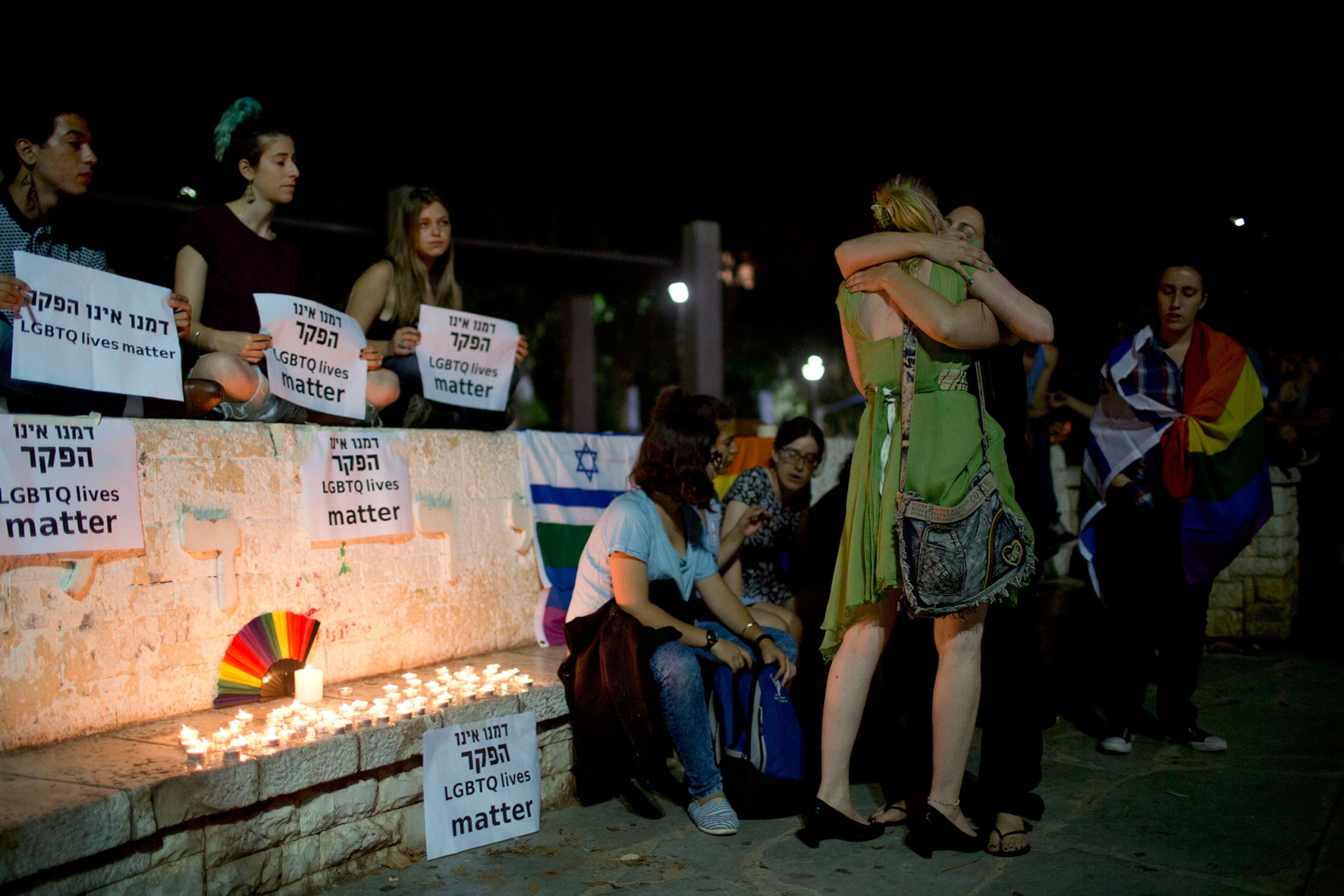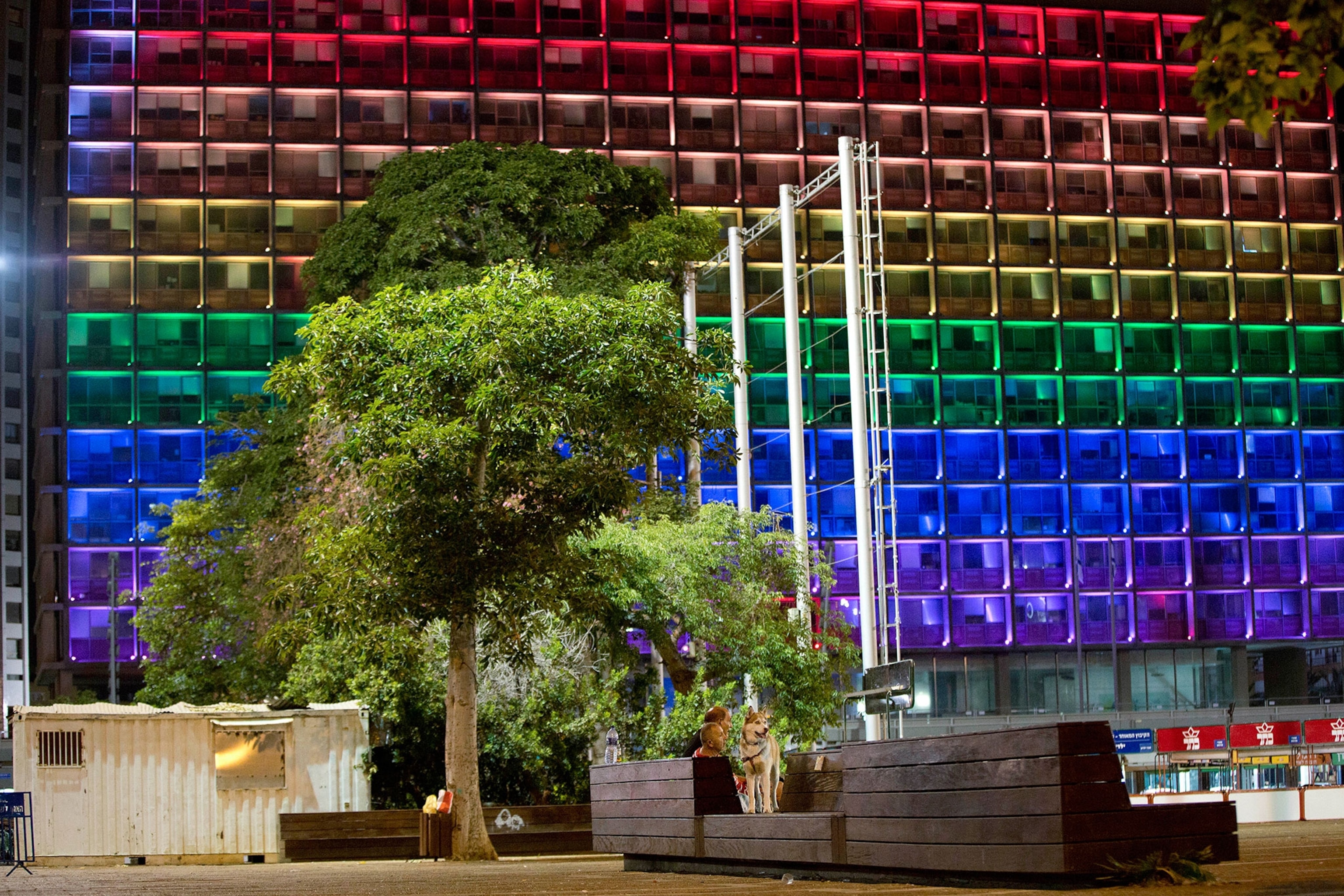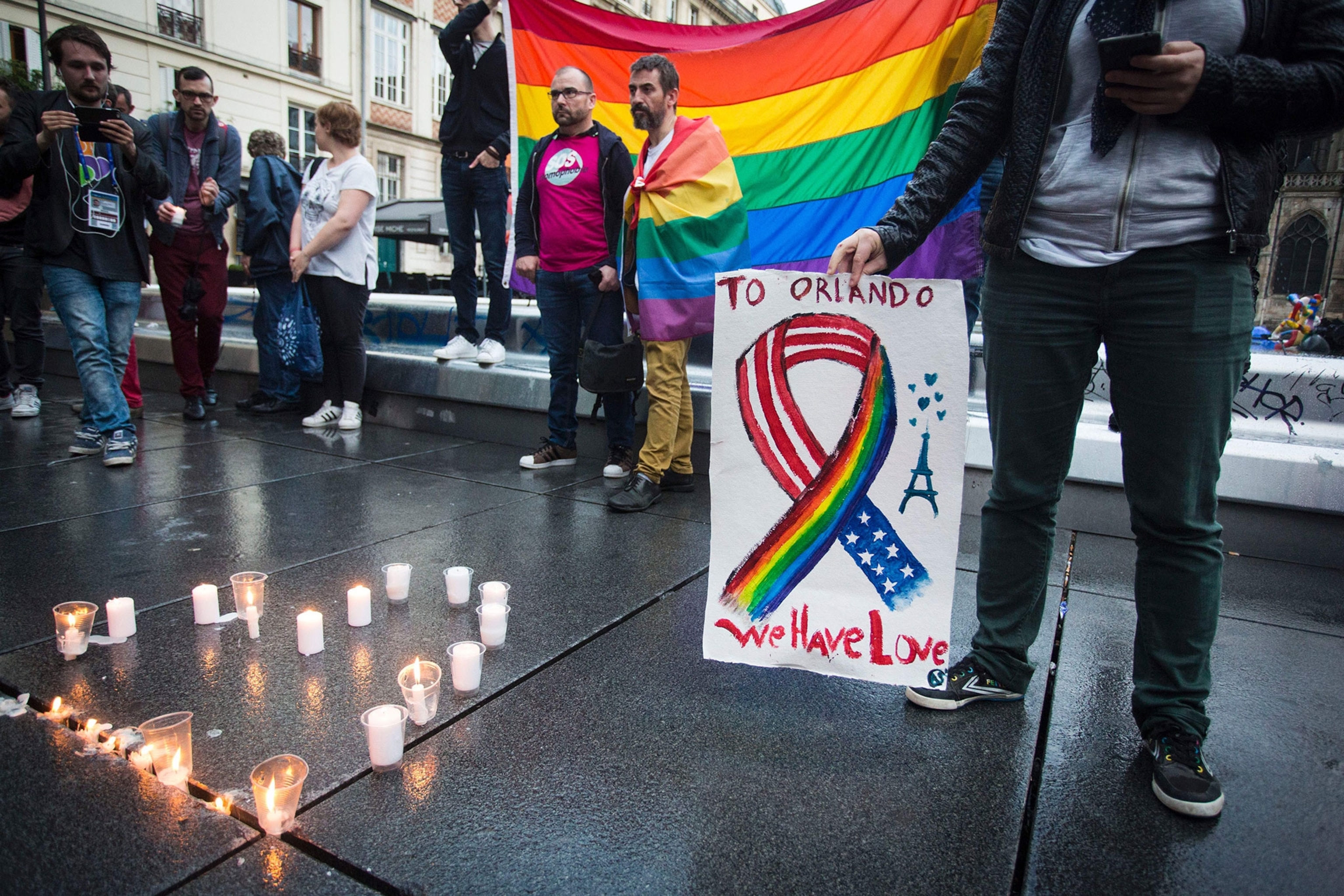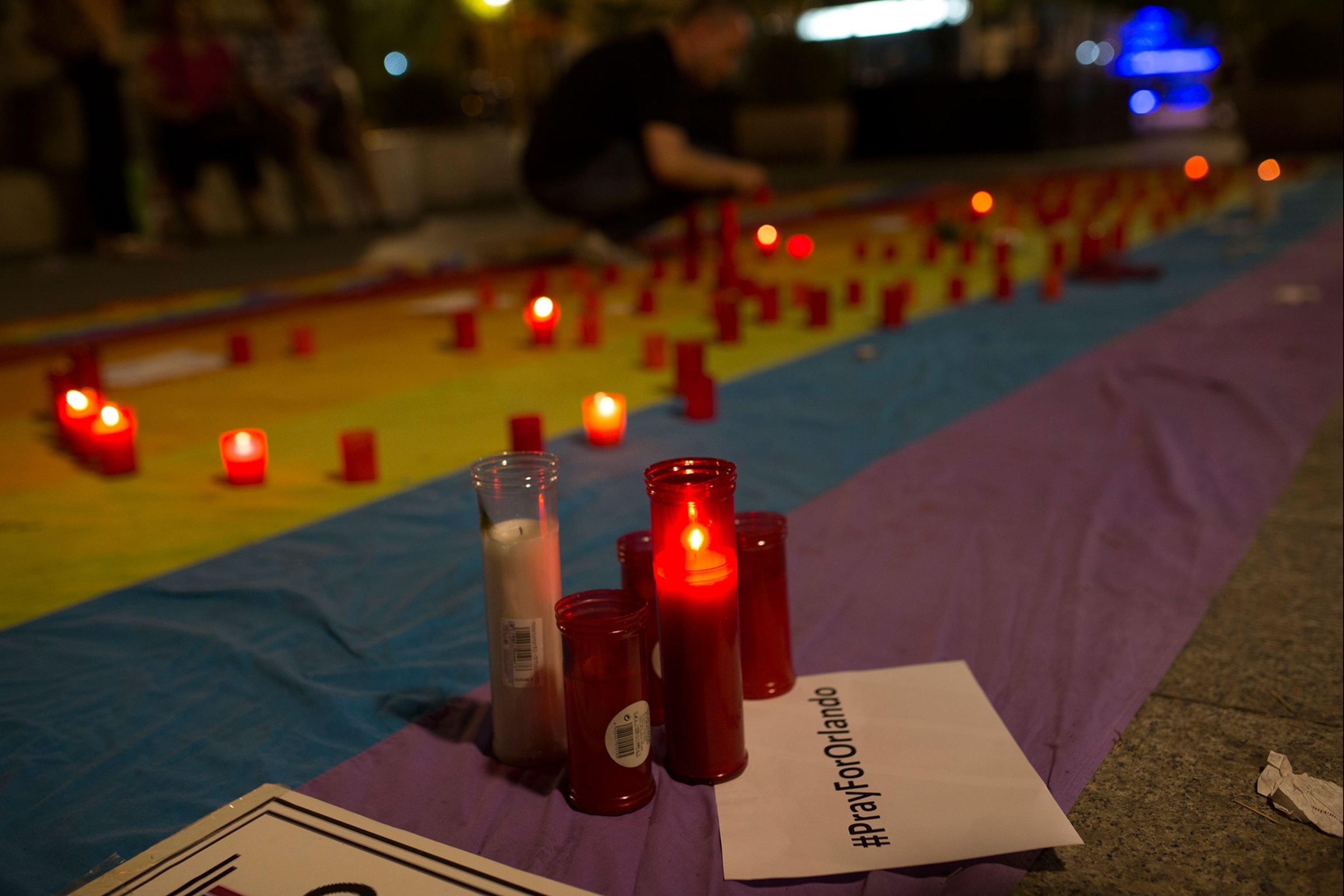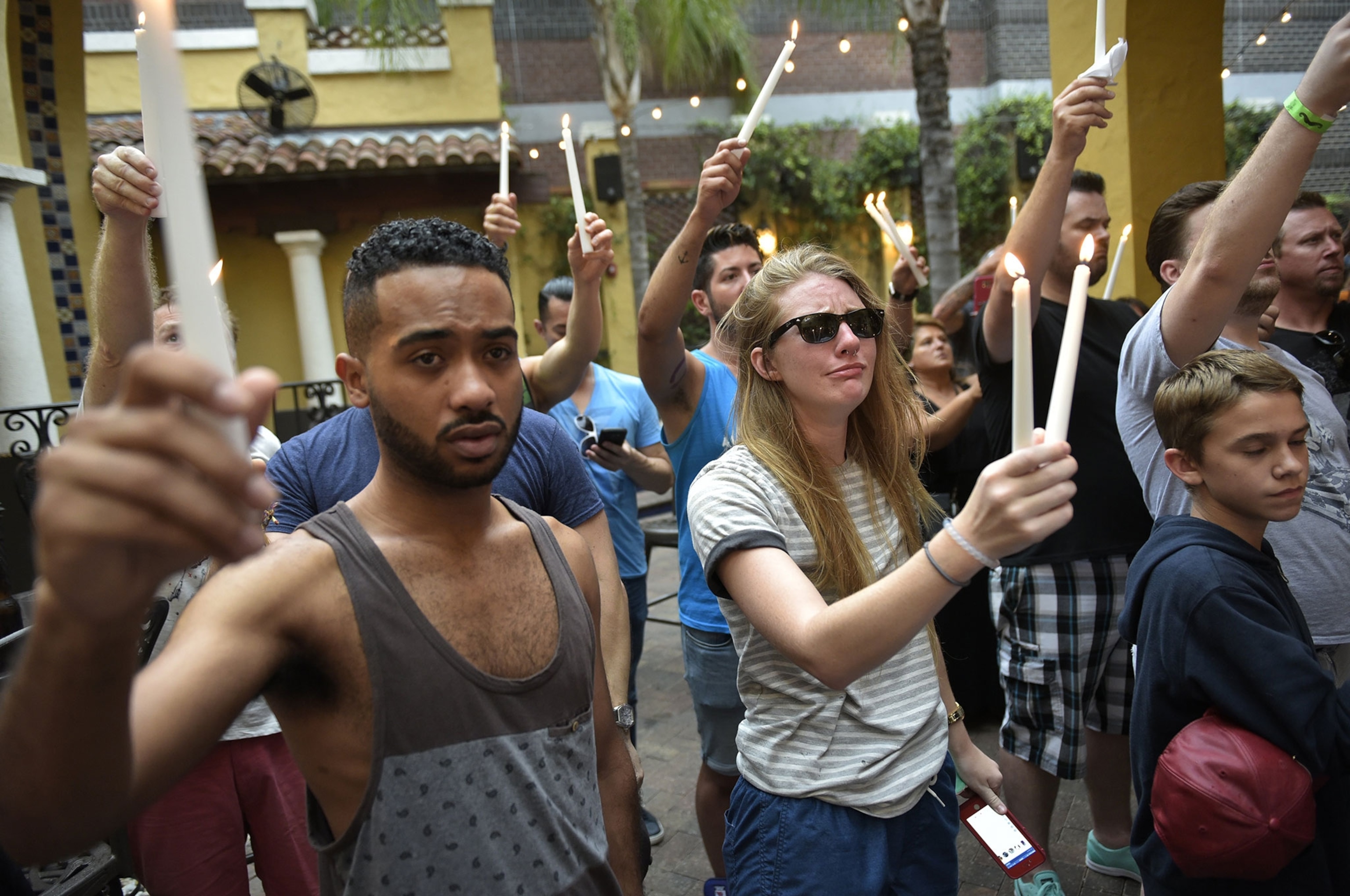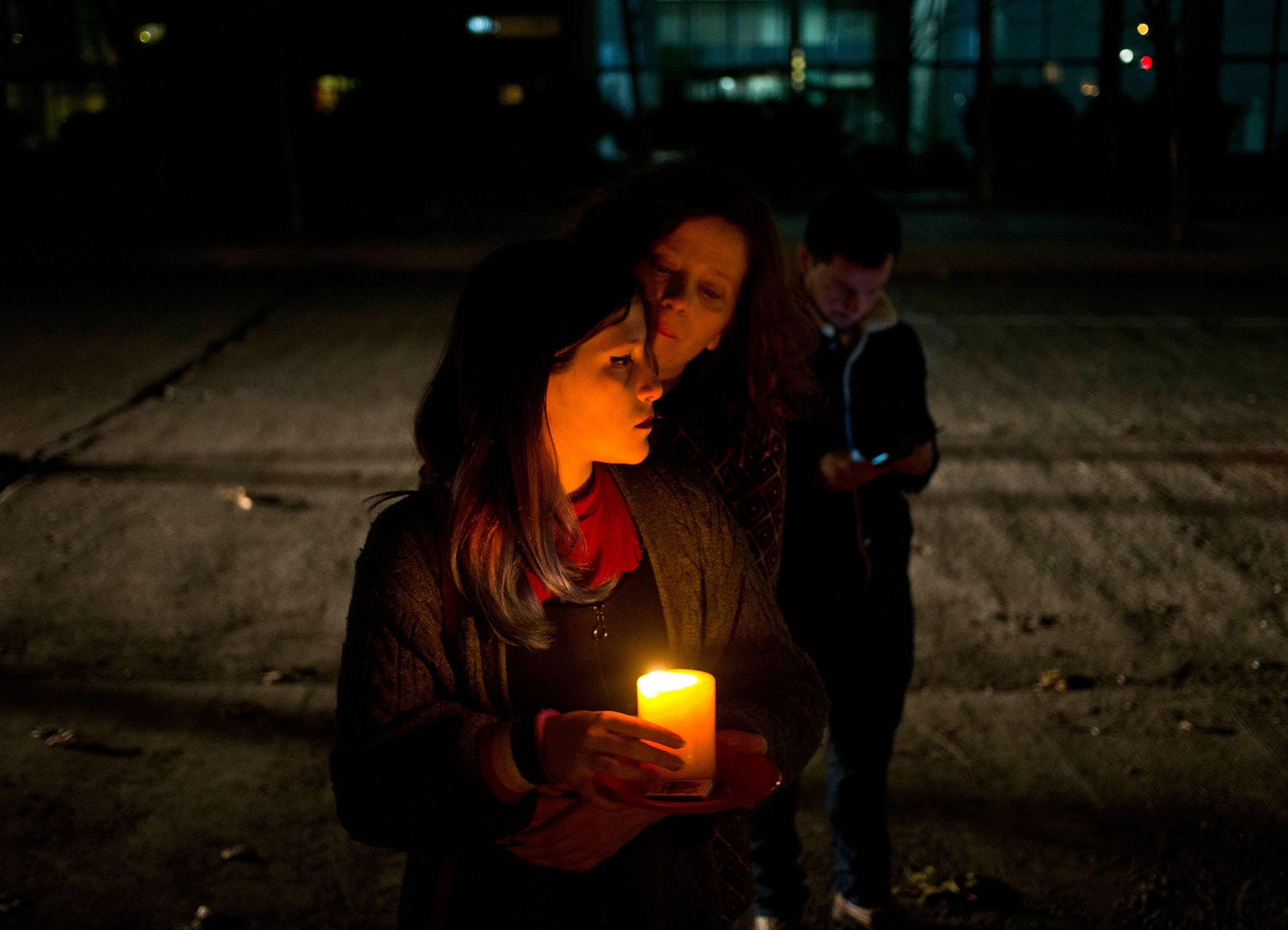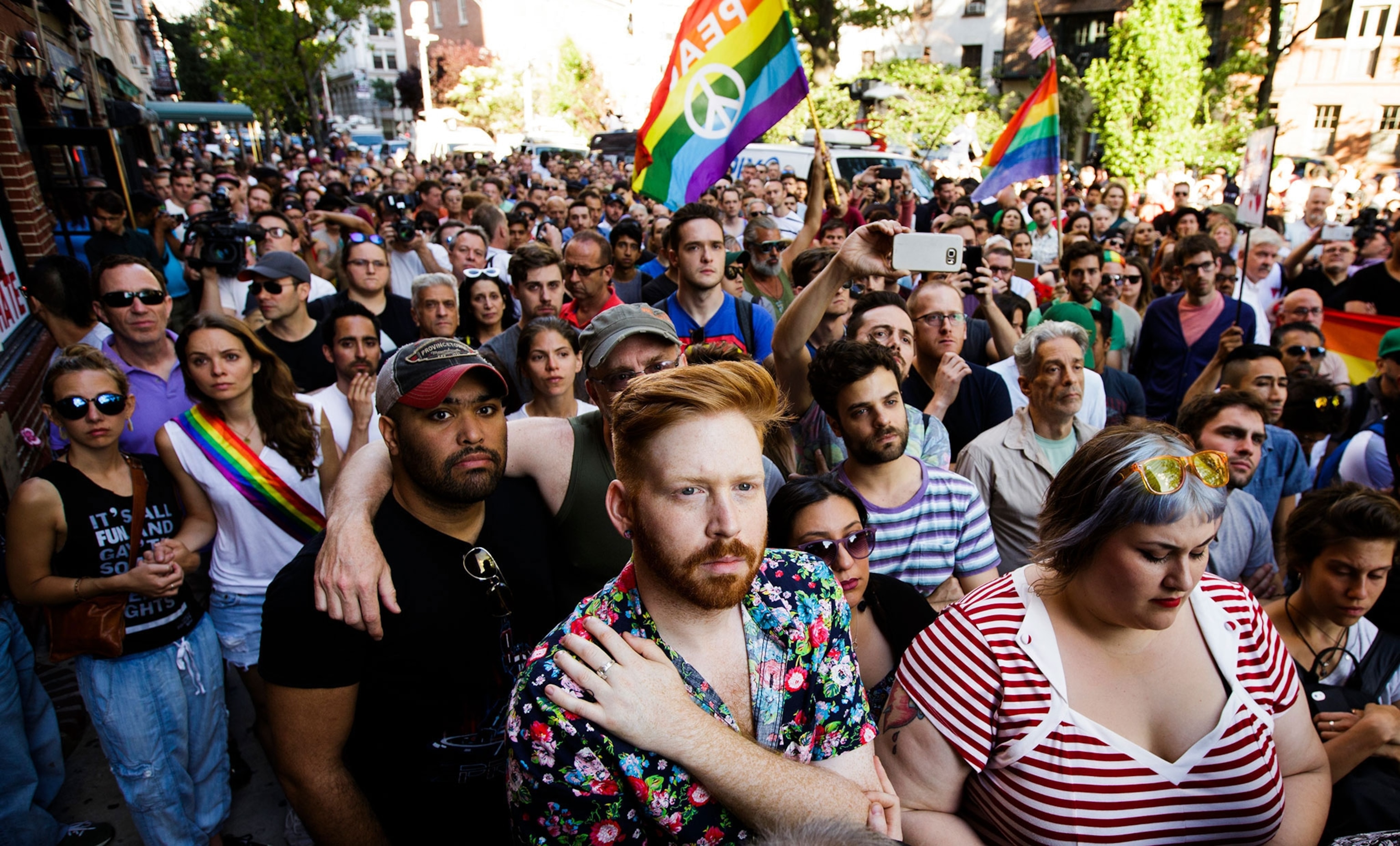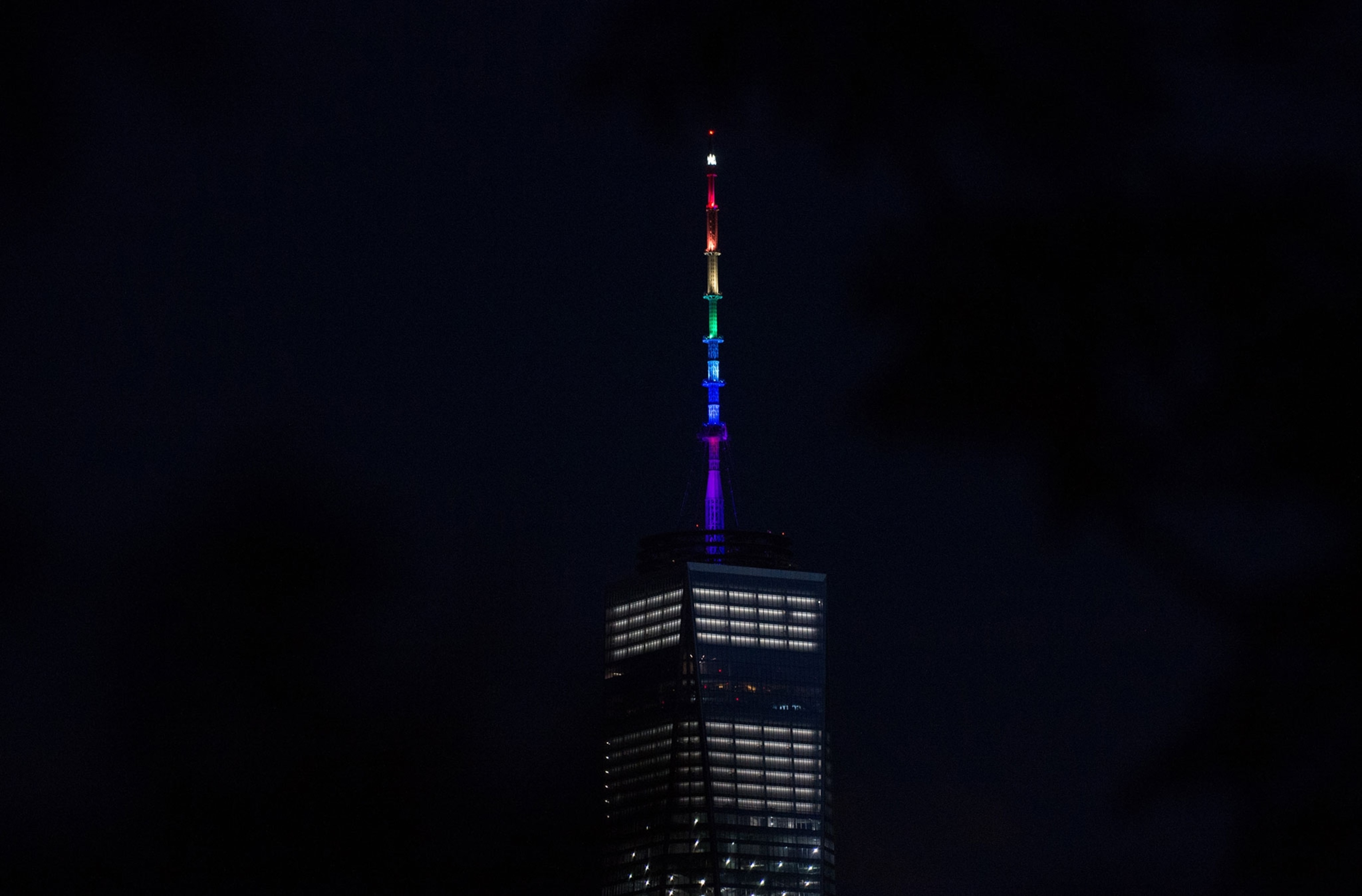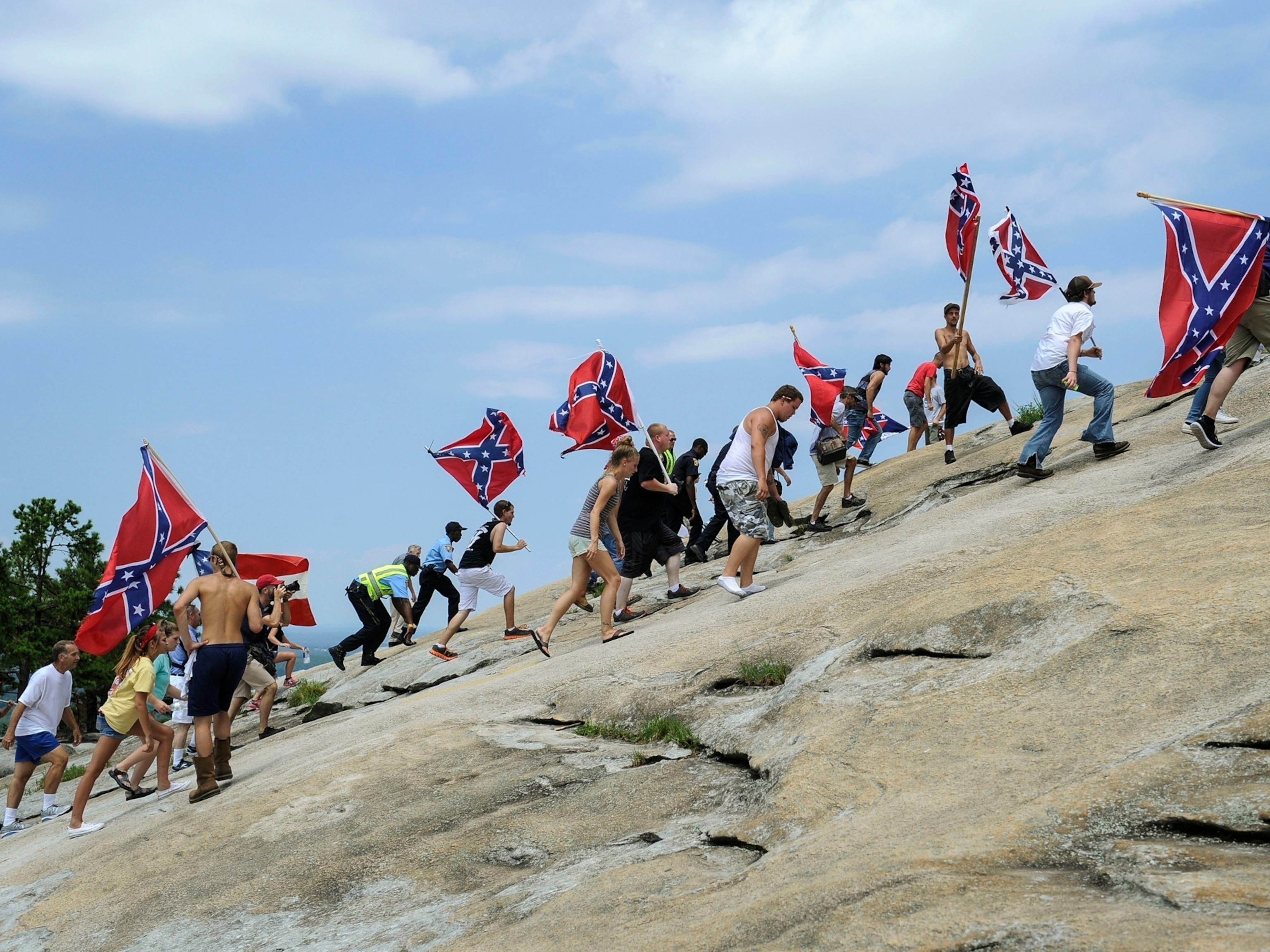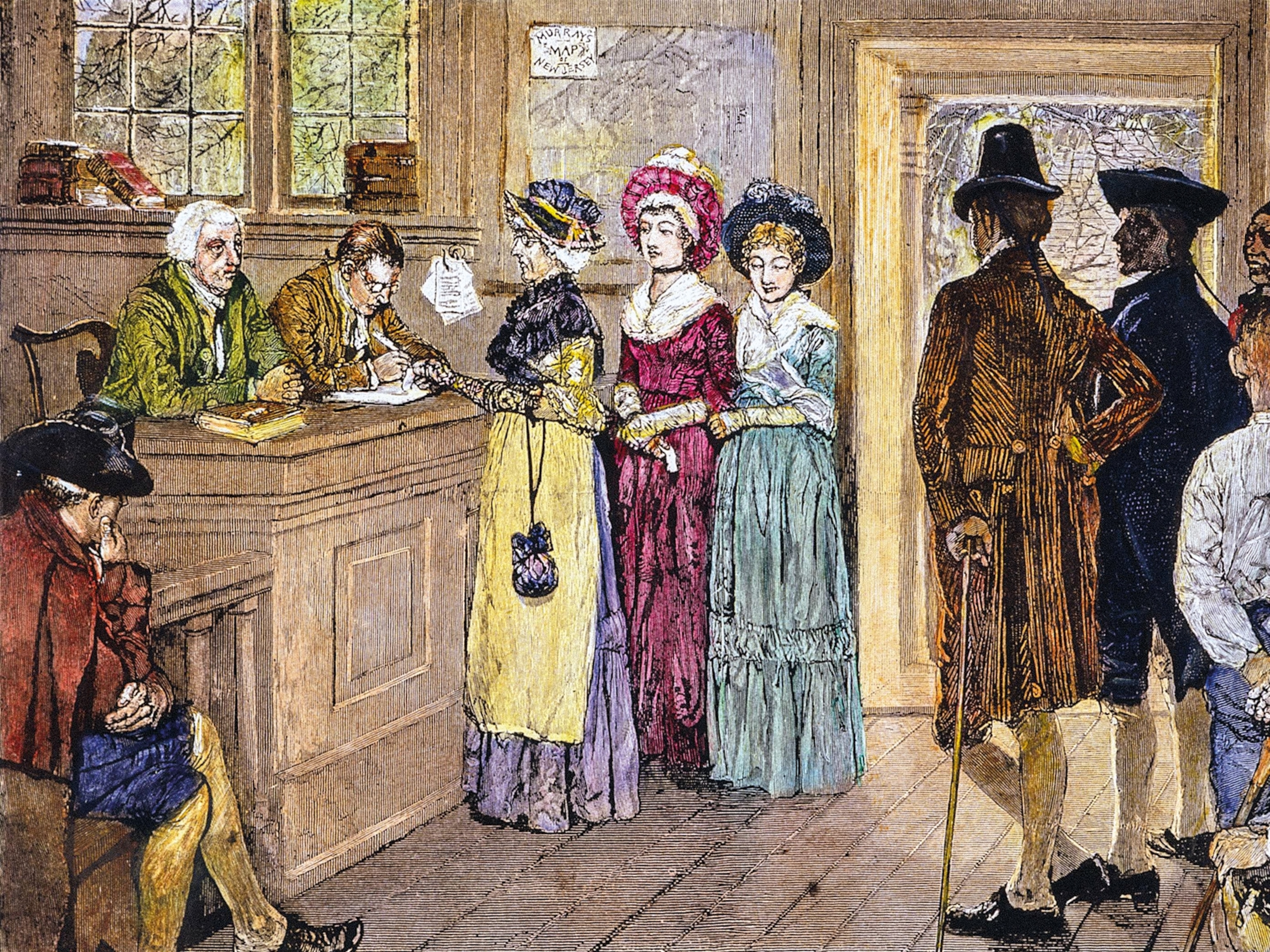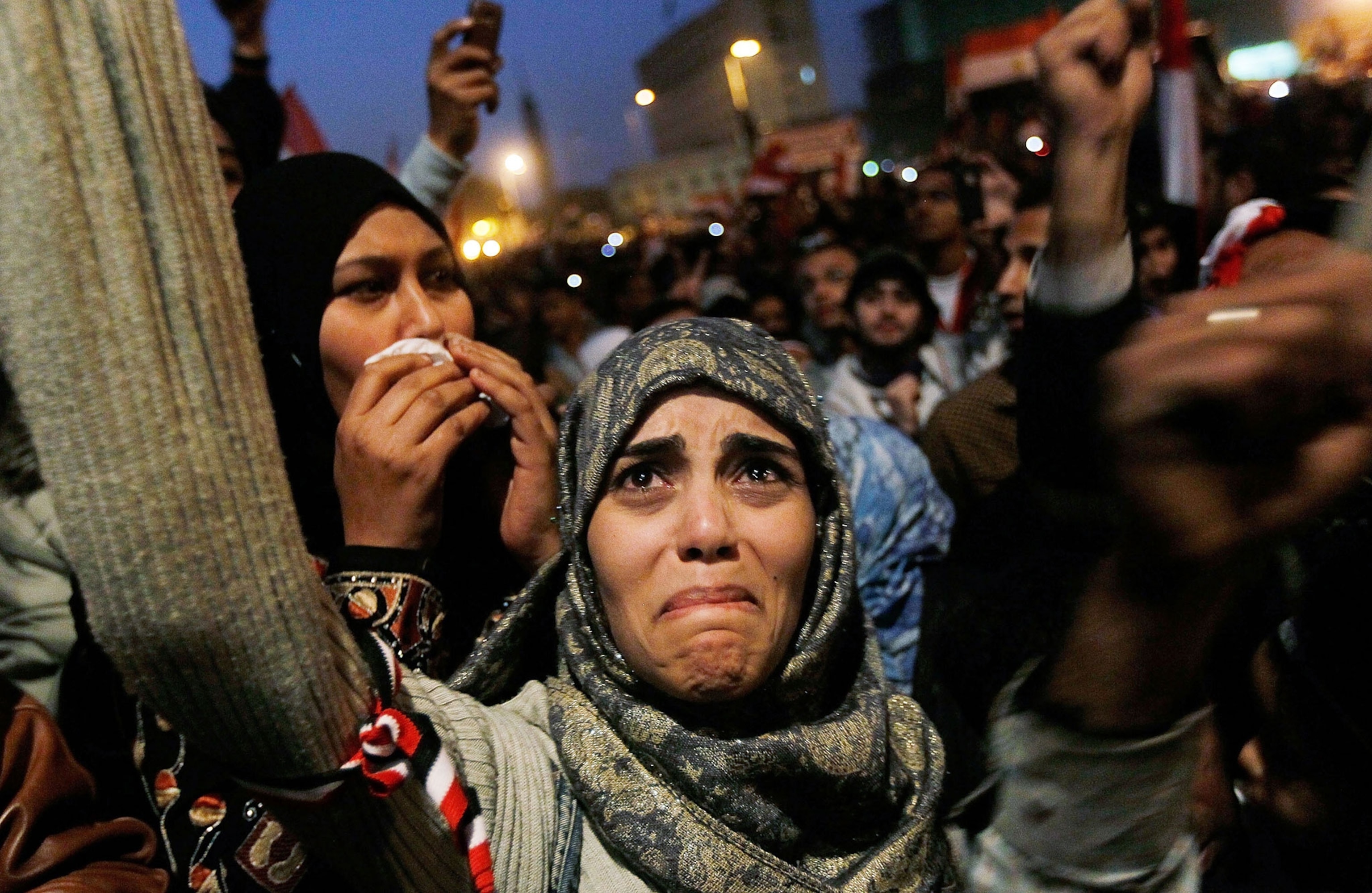
Youth in Revolt: Five Powerful Movements Fueled by Young Activists
From Parkland students to the Arab Spring, teenagers and young adults have a history of pushing social change forward.
Look at passionate young people from any era and you’ll find impressive catalysts for change.
The leaders of this weekend’s March for Our Lives are no different. Students from Parkland, Florida—who faced a tragic shooting at their high school in February 2018—organized the event to demand gun-control legislation and an end to school shootings.
Though the teenagers have drawn criticism from some, they've been commended by others for their spirit, focus, and savvy. They’ve maintained a clear message, mobilized a nation, and rallied support from celebrities and politicians—even former president Barack Obama and former first lady Michelle Obama.
But they aren’t an anomaly. These students are the newest link in a decades-long chain of youth activists at the forefront of social change across the globe.
Here are five other movements similarly driven forward by young protesters.
Civil Rights Movement

Lunch counters. The March on Washington. Edmund Pettus Bridge in Selma, Alabama.
Youth were instrumental in the civil rights movement’s most memorable moments—and they were just as engaged behind the scenes. Together, these young adults desegregated schools in the Jim Crow South, challenged racism during Freedom Rides, and pushed forward voter rights and civil rights legislation.
Among the most influential cadre of student organizers was the Student Nonviolent Coordinating Committee (SNCC), a group that embraced nonviolent protest and helped train many of the movement’s foot soldiers. Fiercely independent, the group maintained organized efforts on countless fronts of change, enduring physical violence and state repression along the way. Fueled by young people’s rejection of white supremacy, SNCC was once the nation’s largest and most well-organized civil rights group.
Youth who participated in the civil rights movement embraced what one-time SNCC chairman Representative John Lewis called “good trouble”—fearless agitation designed to provoke, challenge, and move progress forward.
Vietnam War Protests

Over two million young men were drafted into the U.S. military during the Vietnam War. No wonder, then, that young people were at the vanguard of protests against the conflict. The student movement that helped turn the American public against the war began the early 1960s with young activists inspired by both the civil rights movement and left-wing resistance to the Cold War.
Across the United States, students marched, conducted sit-ins, and agitated against the war. The protests electrified and divided the American public, who debated whether students should be allowed to protest or stopped. At demonstrations like the one at Kent State University on May 4, 1970, unarmed students were killed; others were tear gassed and hassled by police. Members of groups like Students for a Democratic Society, one of the main drivers of the anti-war movement, were targeted by the FBI.
You’re not going to get a debate by being polite.Michael S. Ansara
“We were right about the war,” said Michael S. Ansara, who led Harvard University’s chapter of SDS. “We understood that we would provoke a reaction and that it would give us a chance for discussion and debate,” Ansara told The Crimson’s Laszlo B. Herwitz. “You’re not going to get a debate by being polite.”
Tiananmen Square
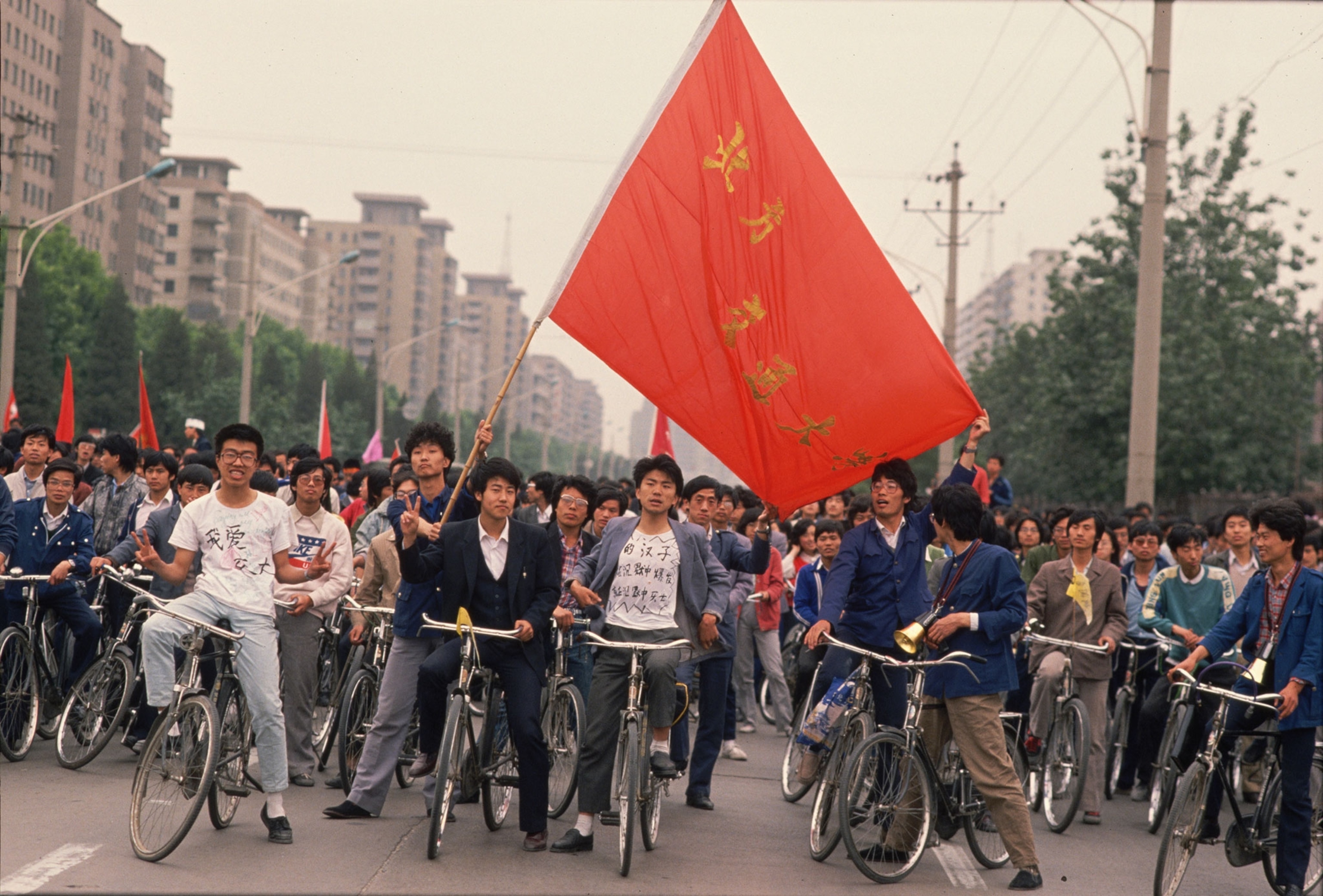
“I envy the freedom that my students enjoy here,” says Rowena He, assistant professor of history at St. Michael’s College in Vermont and author of Tiananmen Exiles: Voices of the Struggle for Democracy in China. A teenager in China in 1989, He explains, “When I was around their age, millions of us took to the streets in cities throughout my home country demanding these basic rights that American students receive as their birthright and often take for granted.”
The movement made globally famous by the violence in Tiananmen Square didn’t just take place in the plaza. It swept through China as youth demanded democratic reforms and economic liberalization in the face of cronyism and economic decline. Hundreds of thousands of activists, many of them university students, took to the streets with banners, speeches and songs.
On June 3 and 4, 1989, the emotionally charged protests took a terrifying turn when thousands of soldiers descended on Tiananmen Square, opened fire on unarmed students, and crushed the movement with tanks and rifles. The extent of the casualties is still unknown.
China has never officially recognized the massacre and continues to censor information and conversation about the movement. Three decades after the crackdown, says He, “we still cannot bring justice to the hundreds of young lives destroyed by guns and tanks.” He and other colleagues researching the Tiananmen movement still fear reprisals from the Chinese Communist Party.
Arab Spring
For some, Twitter and Facebook embody the stereotype of a disconnected, smartphone-toting young person. But during 2010’s Arab Spring, social media helped youth organize an unprecedented revolution that started in Tunisia and spread to Egypt, Libya, Yemen, Syria, Bahrain, and other Middle Eastern countries.
Frustrated by police corruption, economic woes, human rights violations, and oppressive regimes, youth took part in a wave of pro-democracy protests that turned public plazas like Cairo’s Tahrir Square into sites of struggle. The demonstrations were sparked by the death of a young Tunisian street vendor who set himself on fire after a police officer confiscated his cart.
Young activists weren’t the only people who participated in the demonstrations, which roiled the Arab world for over a year, fed into ongoing conflicts like the Syrian civil war, and resulted in the ouster of Egyptian president Hosni Mubarak, among others.
However, analysts like M. Chloe Mulderig of Boston University believe the Arab Spring “could not have occurred without the ideological and numerical push of a huge mass of angry youth.”
Indigenous Water Rights
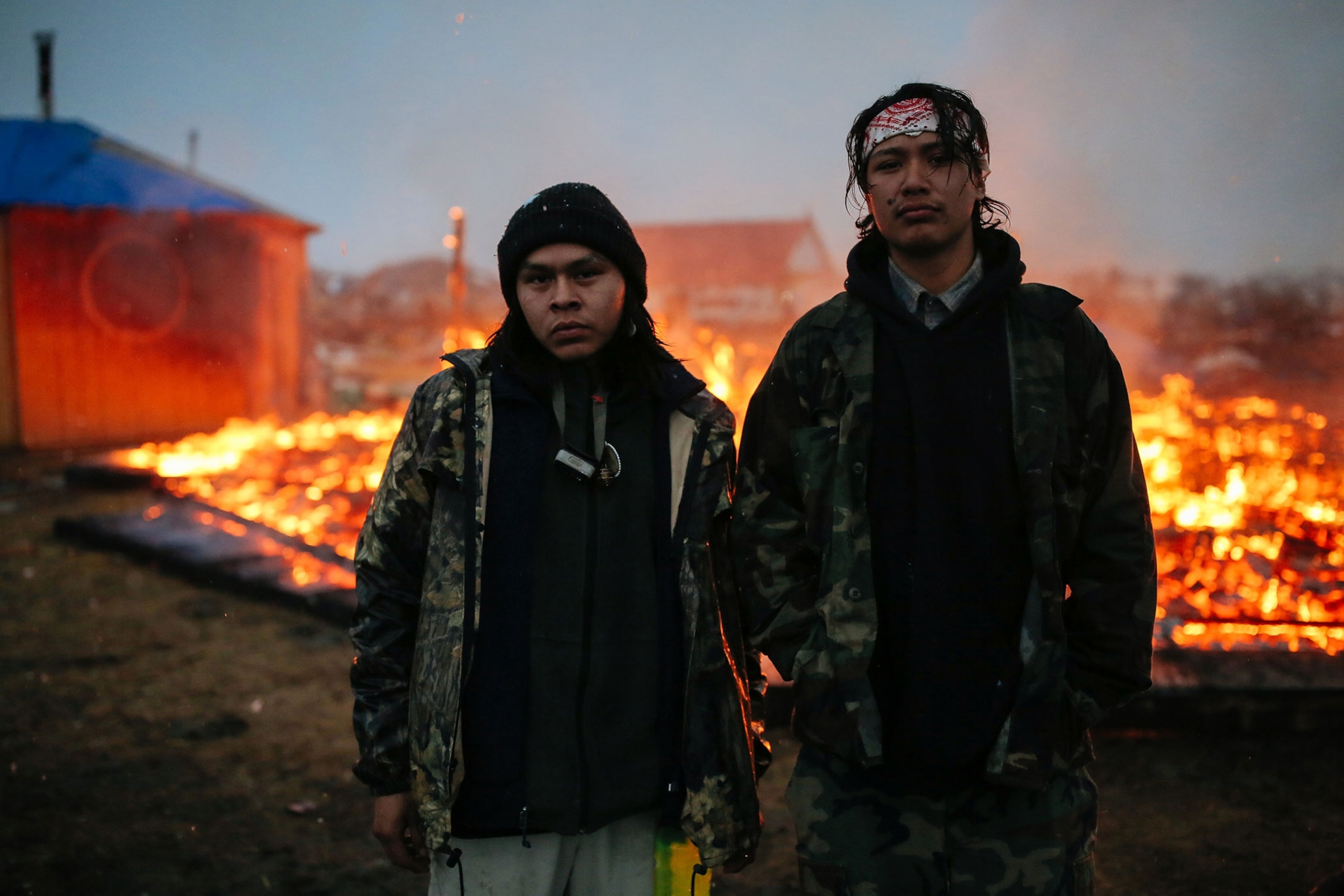
“Youth are tired of thinking that they don’t have a future,” says Micaela Iron Shell-Dominguez. “It’s one thing that you take away our land—now you’re going to come on our land, build a pipeline, and destroy our water.”
She’s talking about a series of controversial pipelines designed to deliver oil through the United States, often running through or near Native American land and waterways. These pipelines have been opposed strenuously by youth organizers like Shell-Dominguez.
Youth are tired of thinking that they don’t have a future.Micaela Iron Shell-Dominguez
One of them, the Dakota Access Pipeline (DAPL), galvanized indigenous youth. The pipeline passes near the Standing Rock Indian Reservation, and in 2016, its approval sparked outrage that drew thousands of demonstrators to an encampment that soon became the site of protests and arrests. The International Indigenous Youth Council, which works to inspire, organize, and empower young leaders on behalf of the environment, grew out of the Standing Rock protests. Today, Iron Shell-Dominguez is a mentor and project coordinator for the group.
“Each individual in our community should have access to clean water and clean air,” she says. Construction on DAPL went forward despite the protests, but the IIYC and other youth organizations continue to fight other projects, like the Keystone Pipeline, that endanger indigenous water rights.
“We believe that we don’t own this earth—we’re actually belonging to this earth,” she says. "We should be giving back to Mother Earth.”


